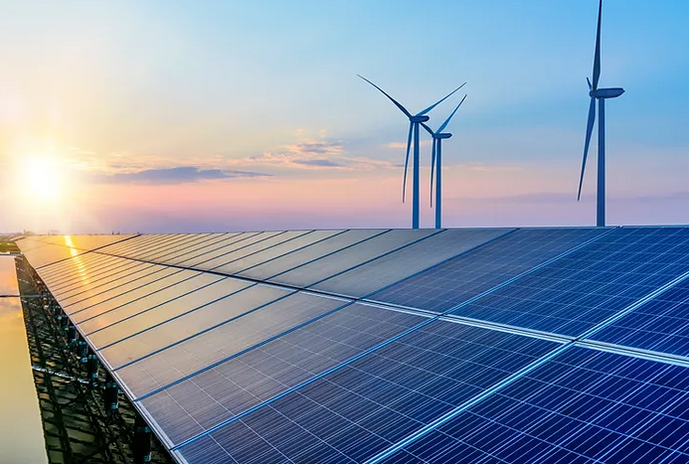AIR BEARINGS AND CLEAN ENERGY
28.11.2023

Among the groundbreaking technologies driving the clean energy revolution are the so-called air bearings. Air bearings (also known as aerostatic or aerodynamic bearings) are bearings that use a thin film of pressurized gas to provide a low friction load-bearing interface between surfaces. The two surfaces do not touch, thus avoiding friction and decreasing wear. These bearings offer distinct advantages in precision positioning as well as in high-speed applications.
Traditional bearings in wind turbines are subject to significant wear due to the constant rotation and heavy loads. This leads to frequent maintenance and replacement, increasing operational costs and downtime. Air bearings on the other hand, with their frictionless operation, drastically reduce wear and maintenance needs.
Solar tracking systems maximize energy capture by adjusting the position of solar panels throughout the day. Air bearing help to achieve the precision and motion required for these systems . By reducing the energy required for movement and minimizing mechanical losses, air bearings help solar panels maintain maximum exposure to sunlight, enhancing energy generation and efficiency.
Hydropower turbines also rely on bearings to support the rotating shafts. The turbine shaft must rotate smoothly under varying loads and conditions. Air bearings can be strategically placed along the turbine shaft to support it with a thin cushion of pressurized air. This cushion effectively centers the shaft, allowing it to spin with high precision and minimal resistance. Thus the shaft remains stable, even under fluctuating water flow rates, leading to a more consistent energy conversion process.
As the demand for clean energy continues to grow, the air bearing market will exponentially increase in size. This trend is only expected to accelerate, with frictionless motion systems paving the way for more innovative and sustainable energy solutions that will help meet the global demand for clean power.




